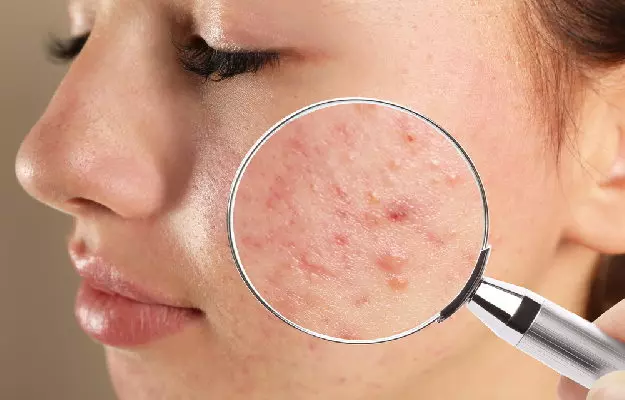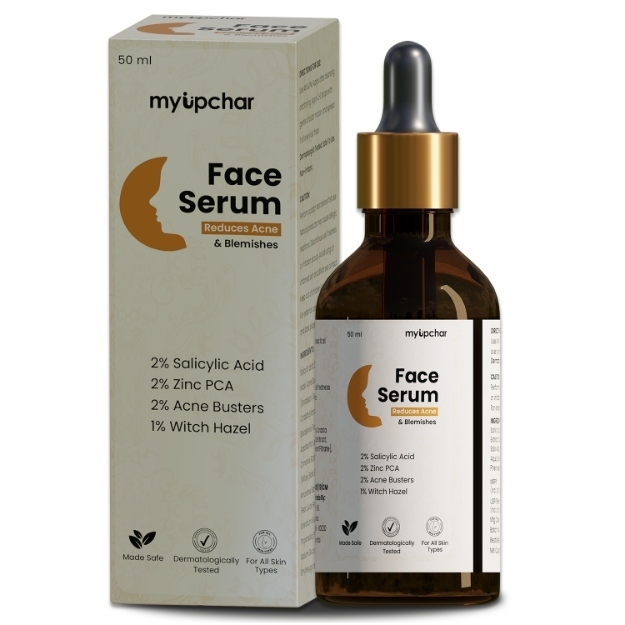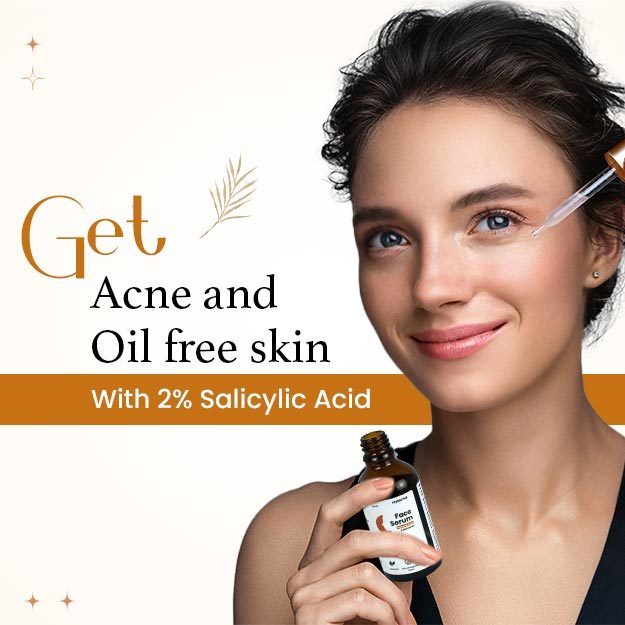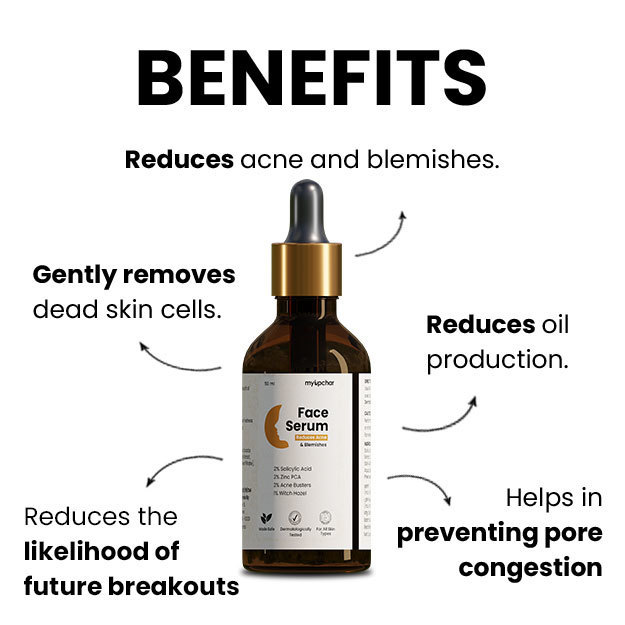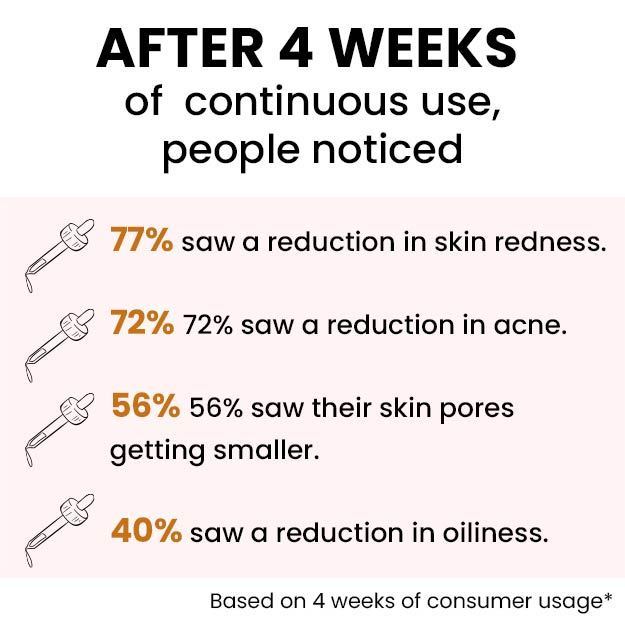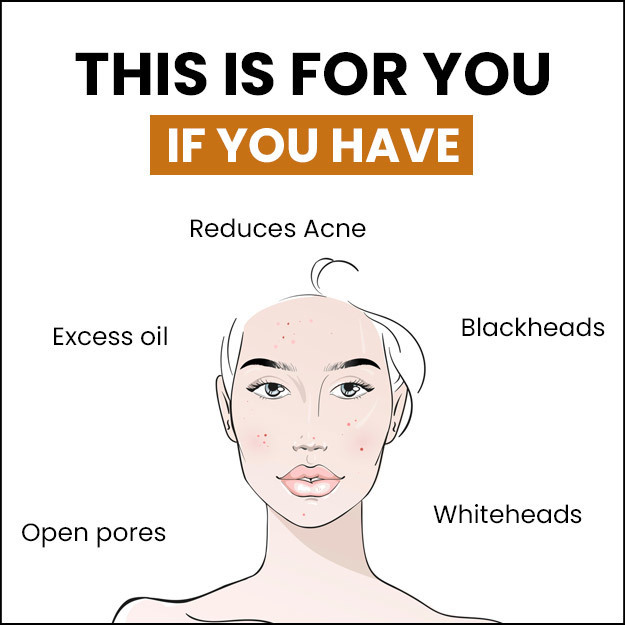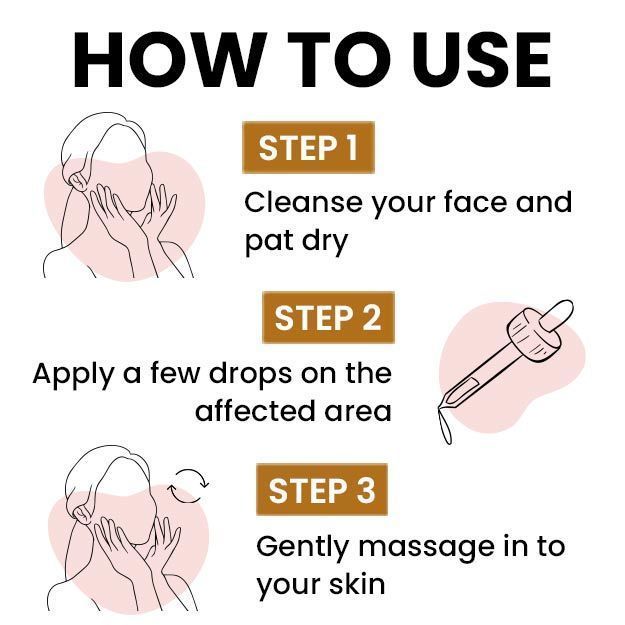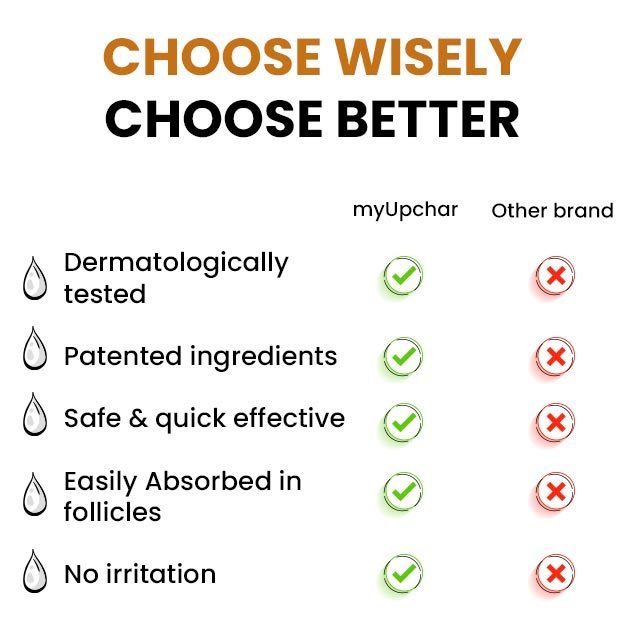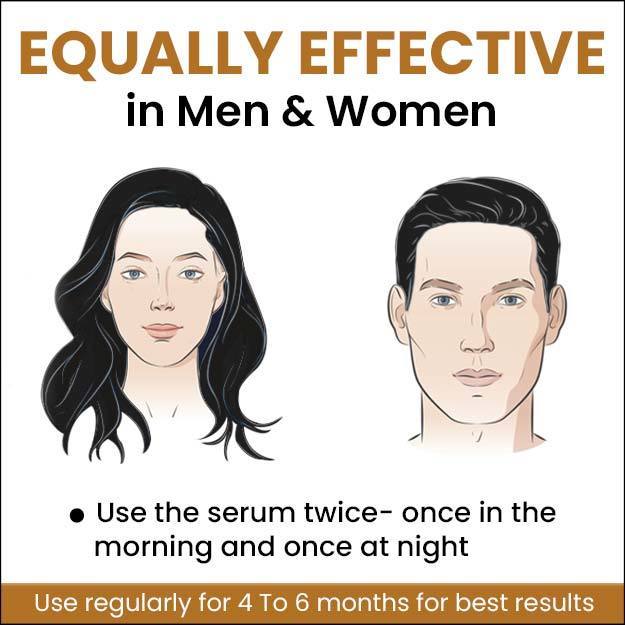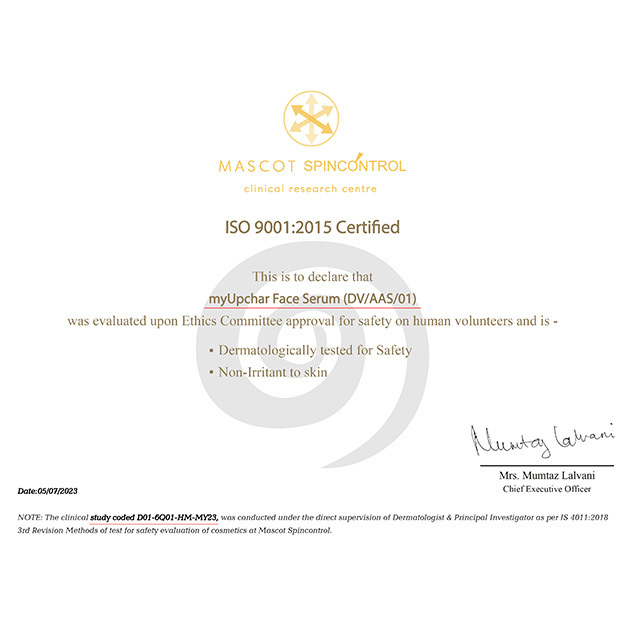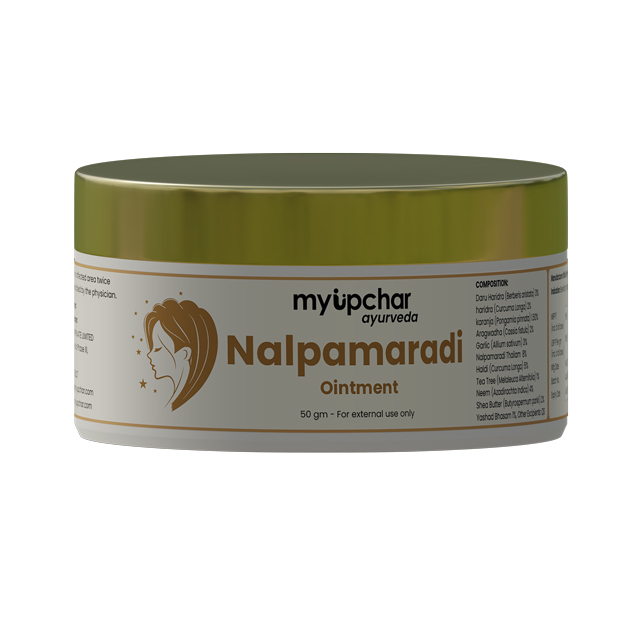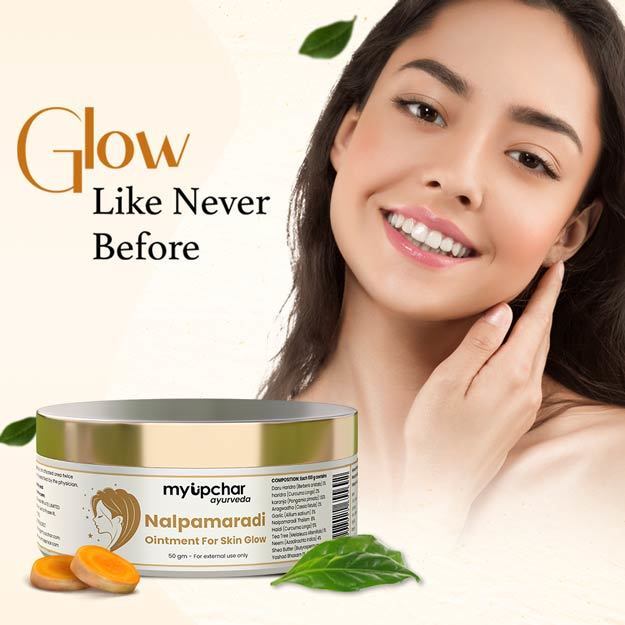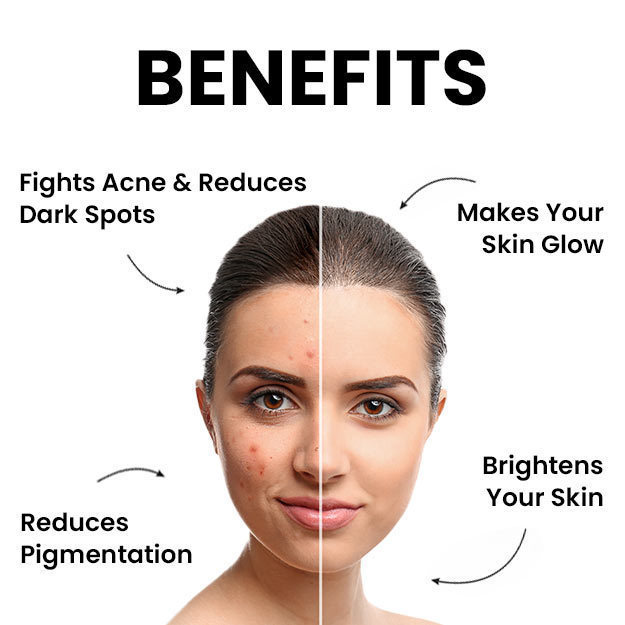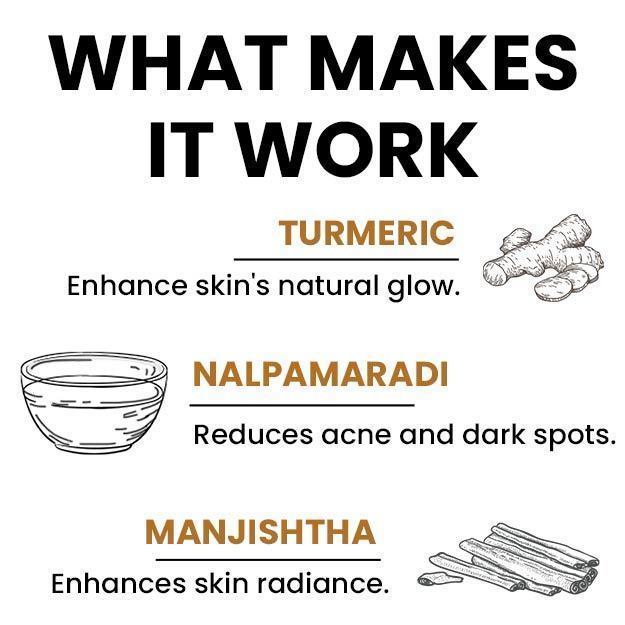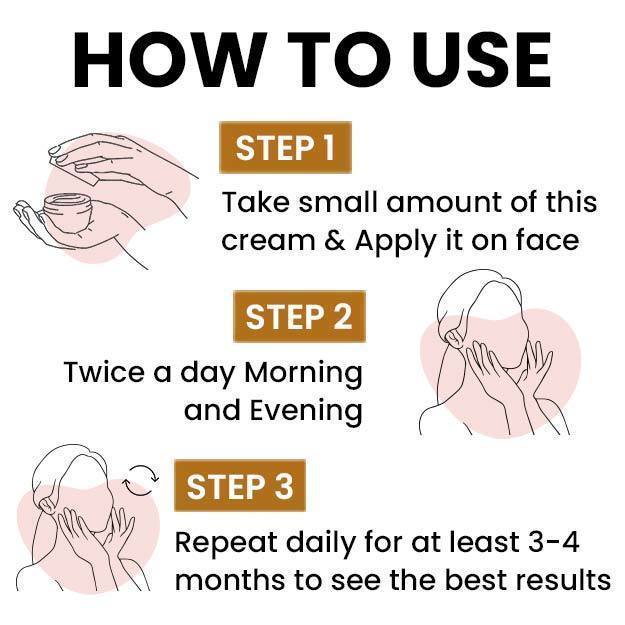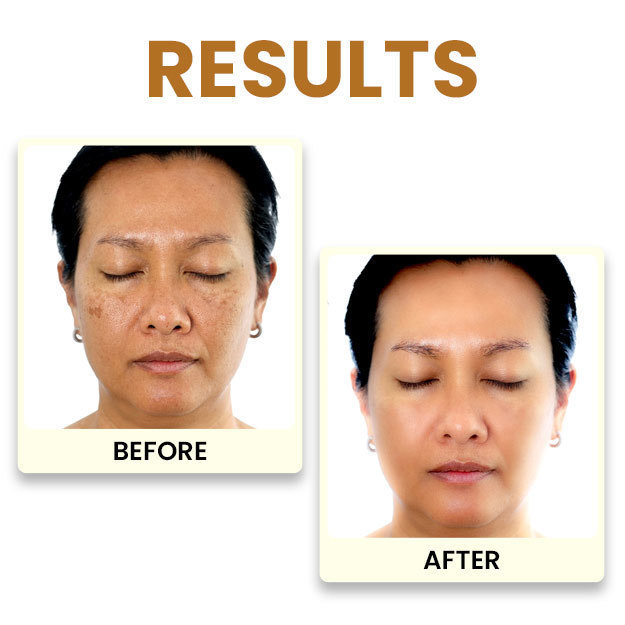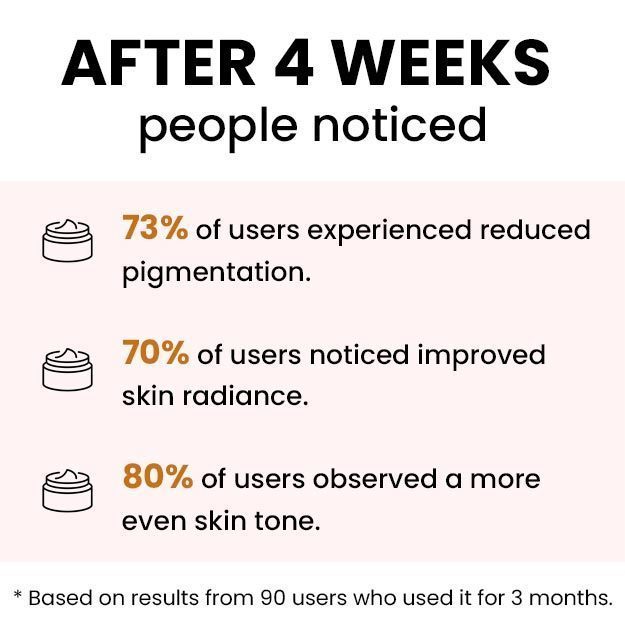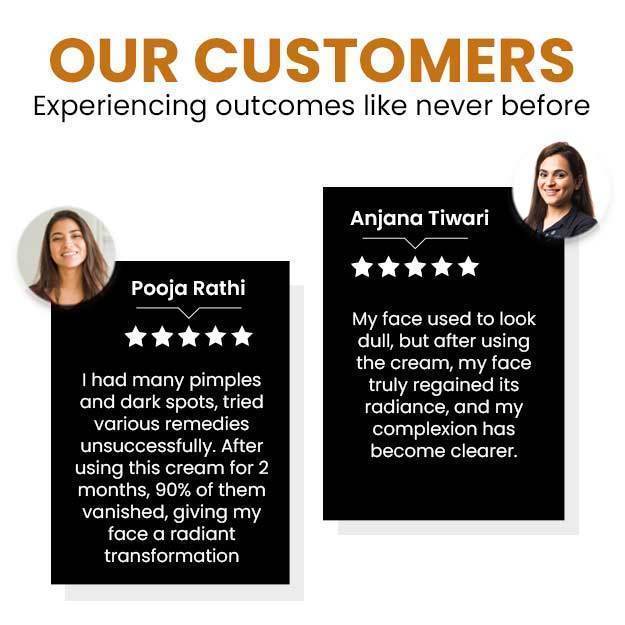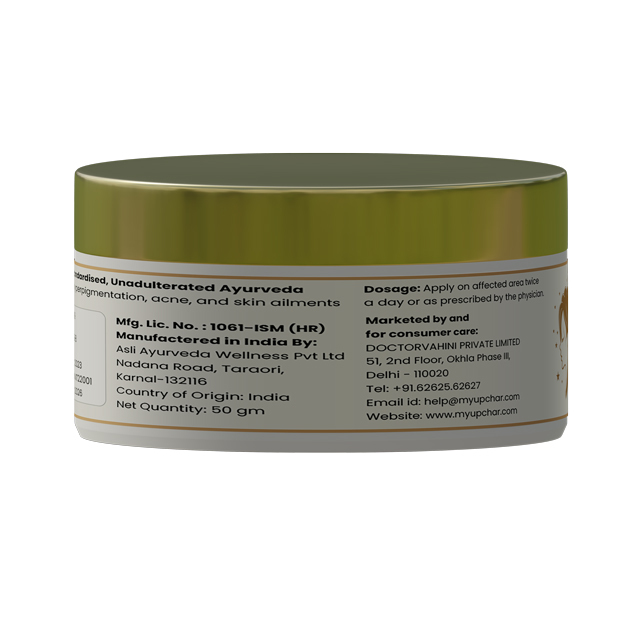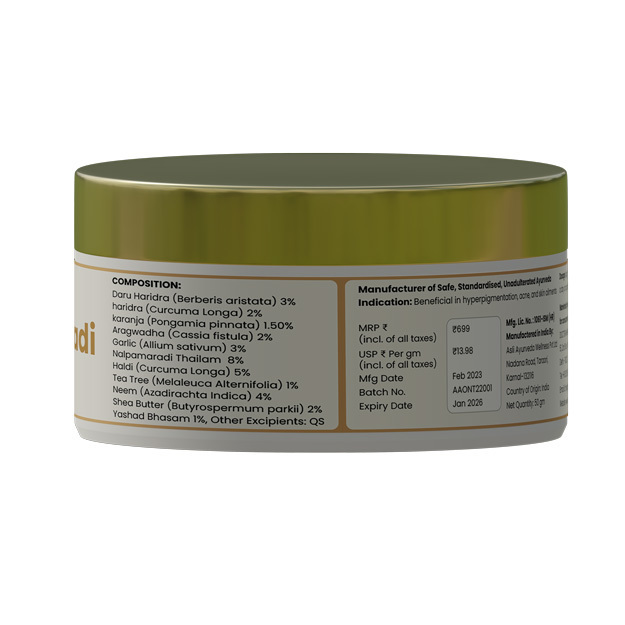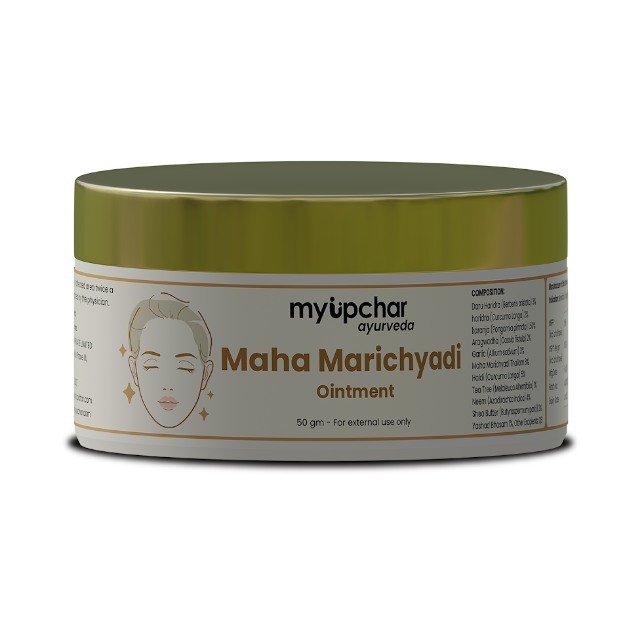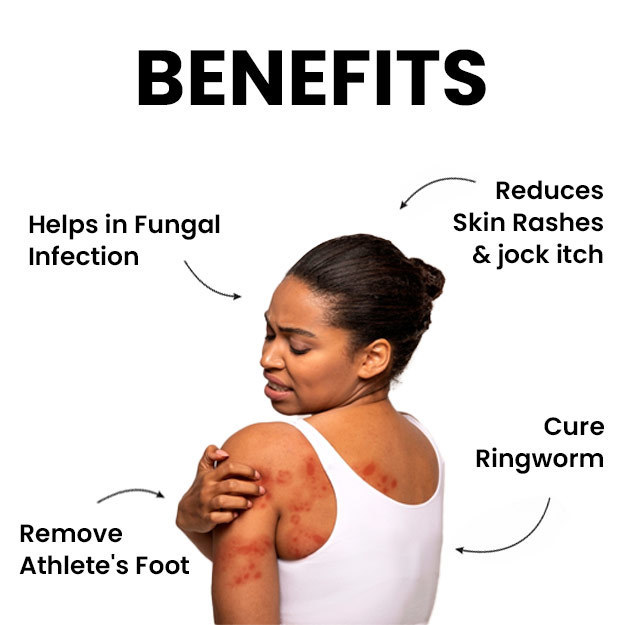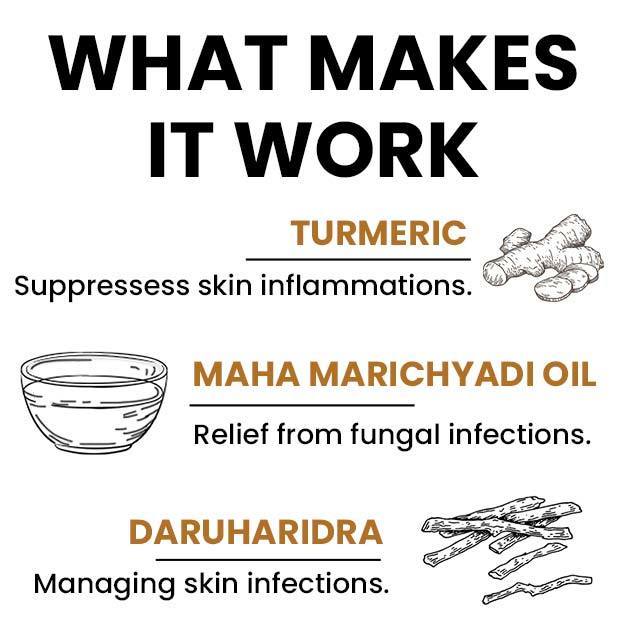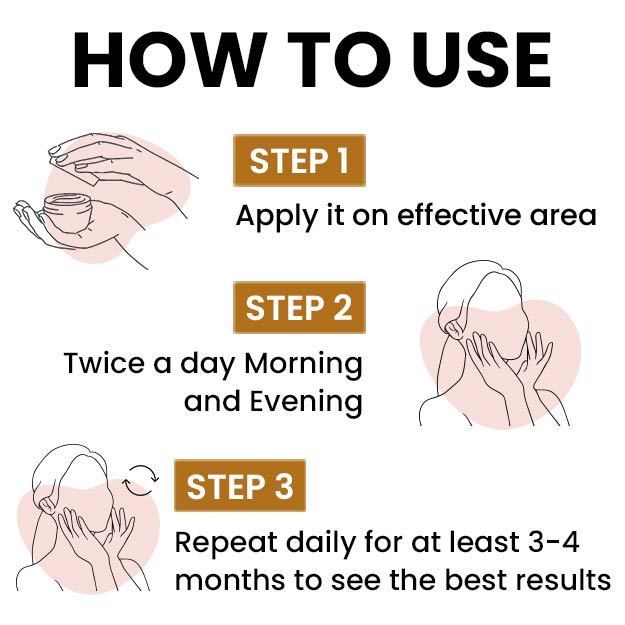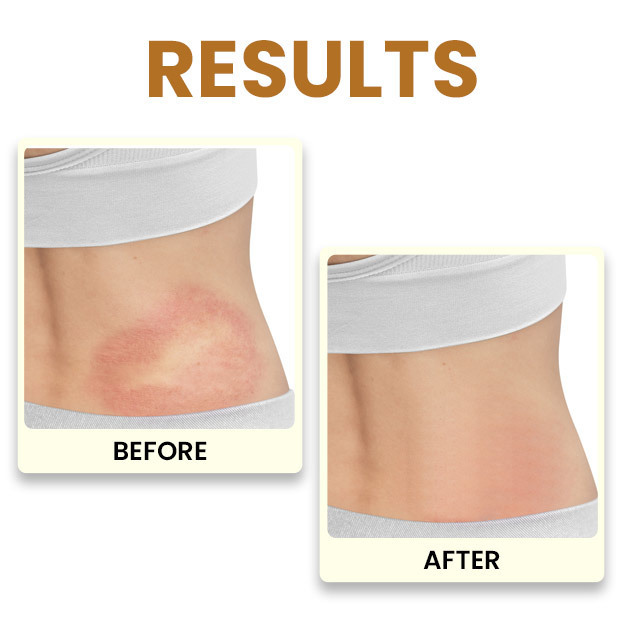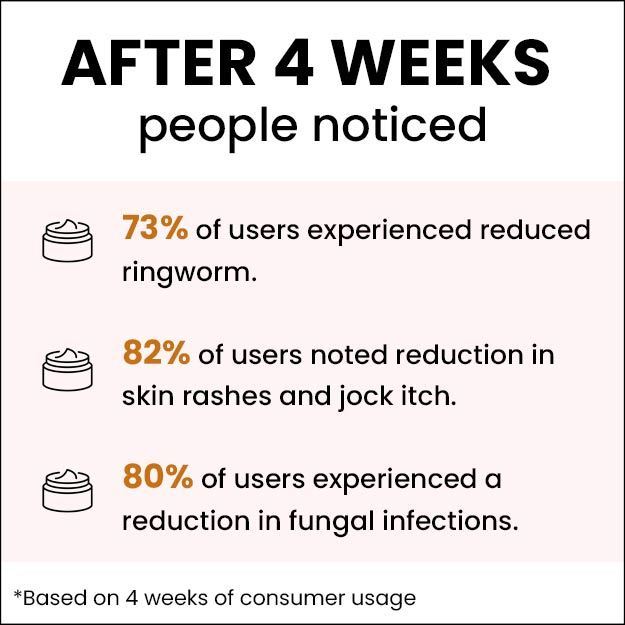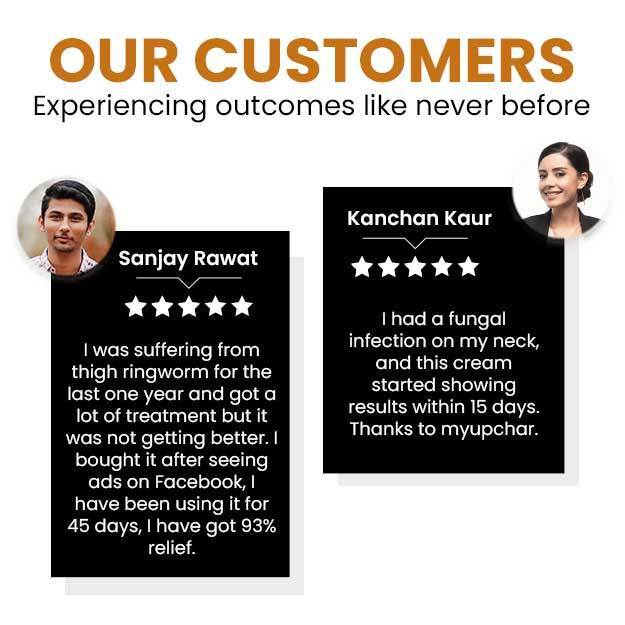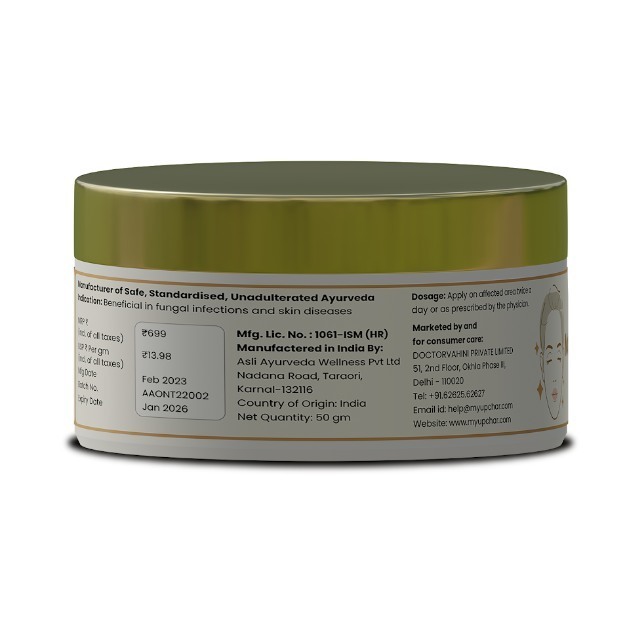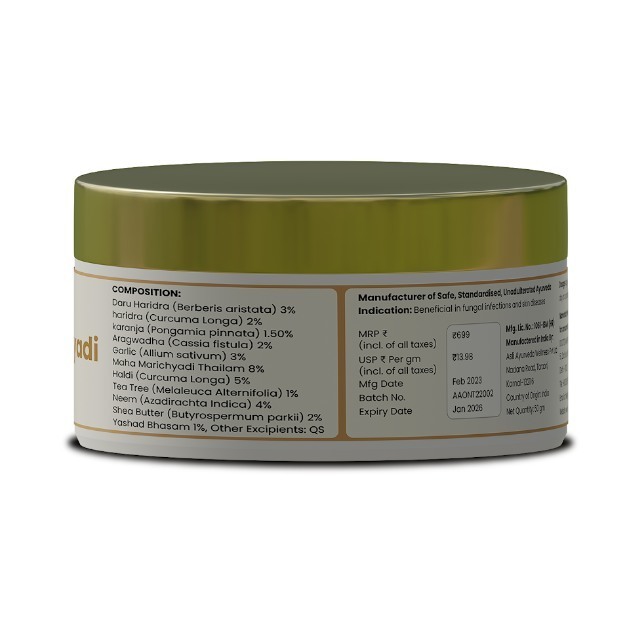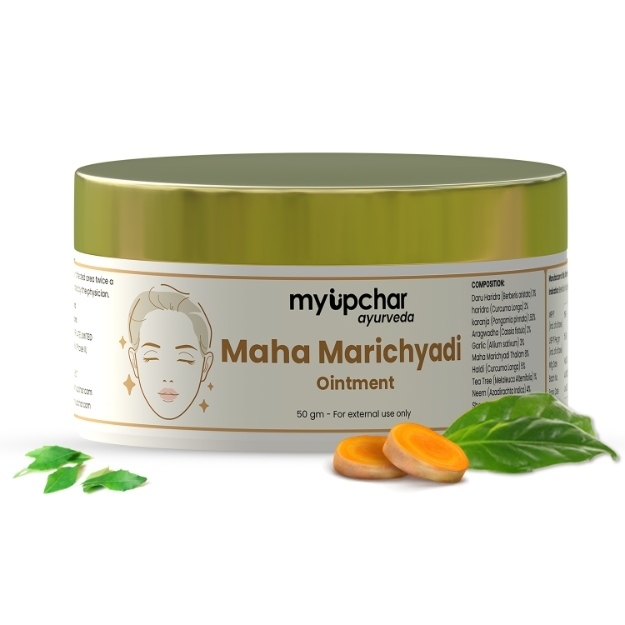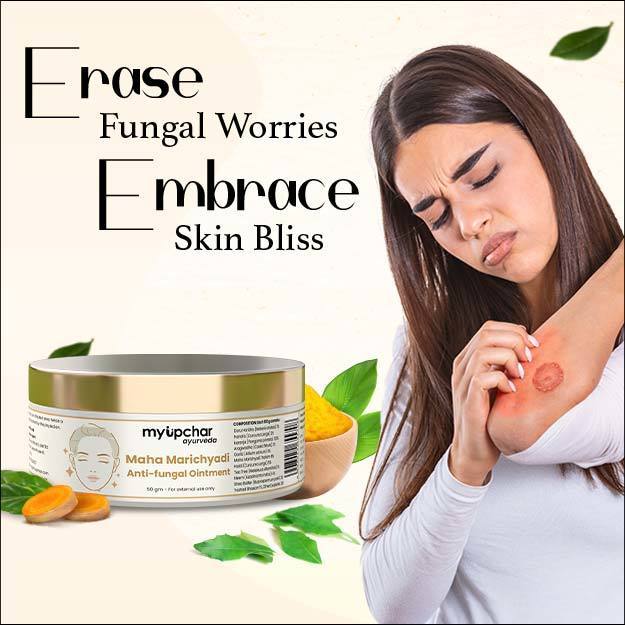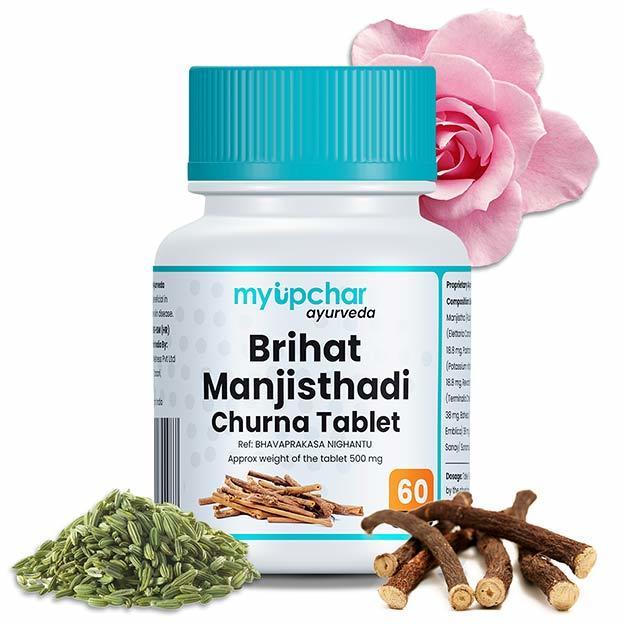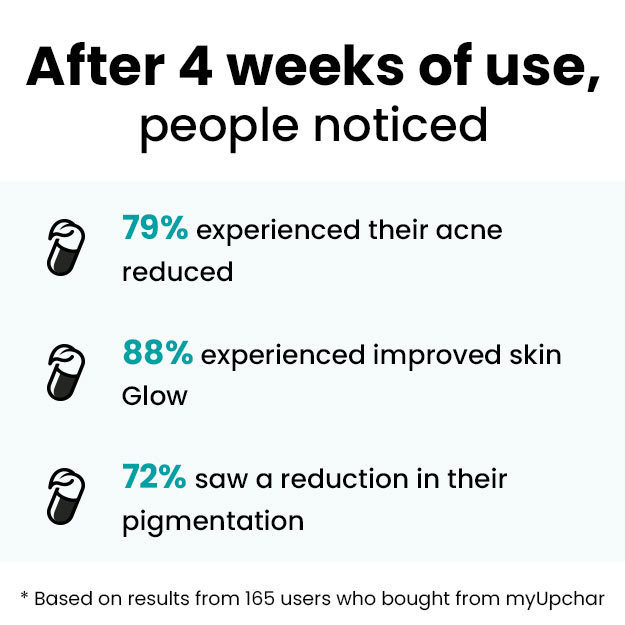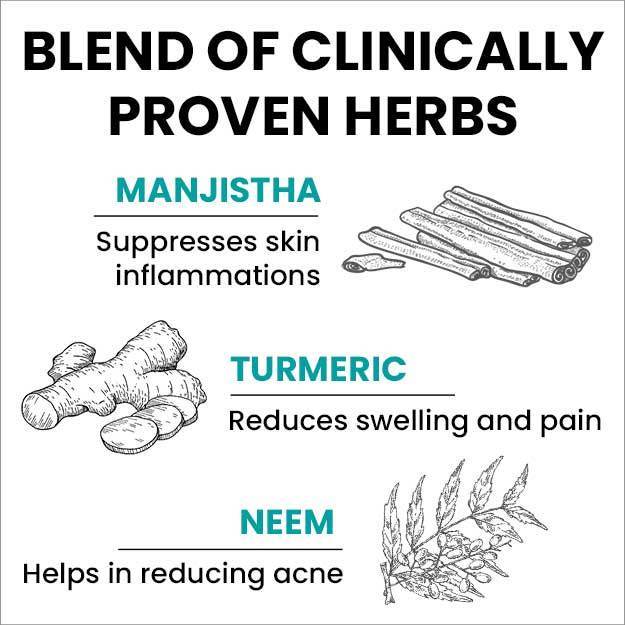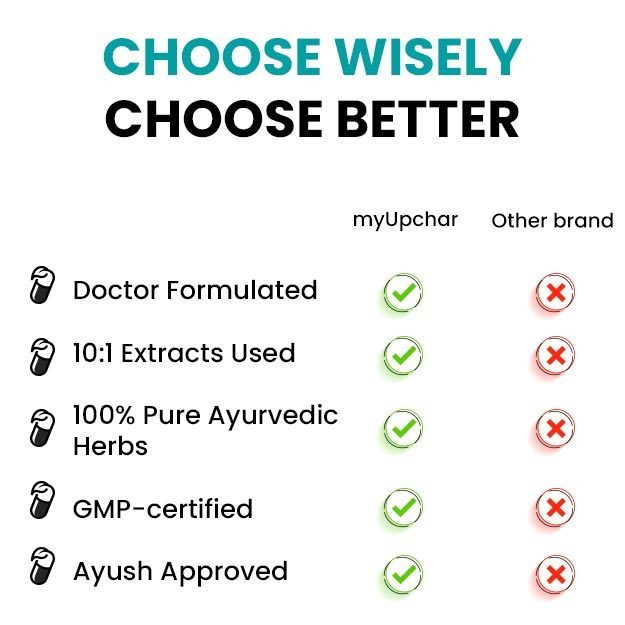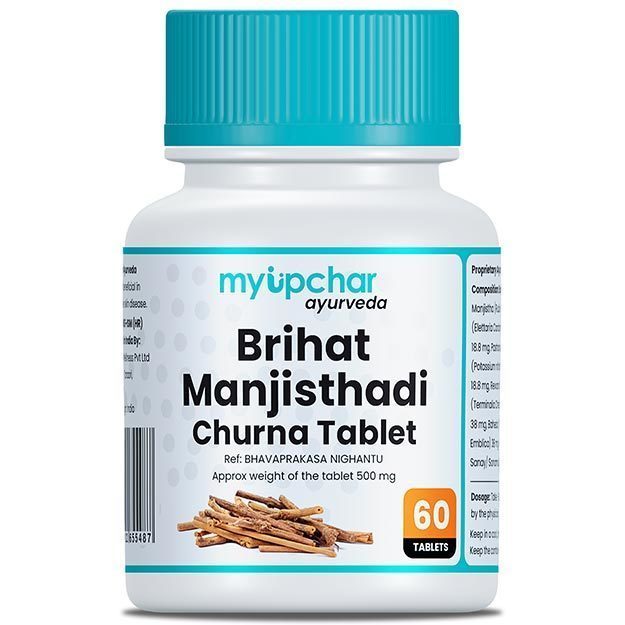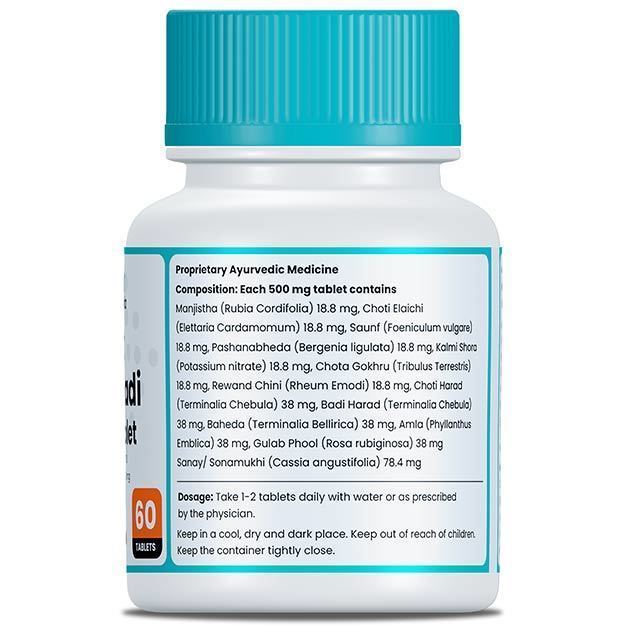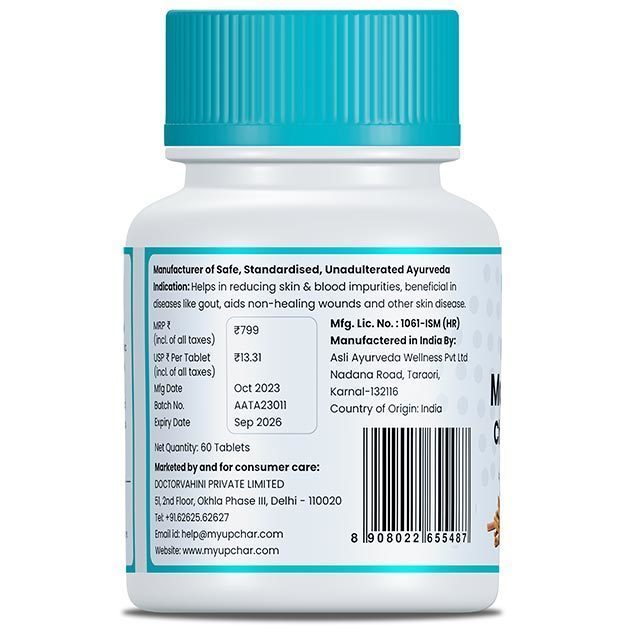Sometimes acne is confused with rosacea. Rosacea is a skin condition in which pimples are often red and can appear in the following places:
There is a lot of difference between rosacea and acne. Acne vulgaris is a common type of acne that consists of inflammatory and non-inflammatory lesions. This may include pimples, blackheads, cysts, and other types of acne. It's possible to have both acne vulgaris and acne rosacea at the same time.
Symptoms of Rosacea include:
Acne vulgaris involves clogged pores and is characterized by:
- pus filled bumps
-
blackheads
-
whiteheads
-
oily skin
-
Cysts and Nodules
Apart from differences in symptoms, acne is caused by clogged pores but the causes of rosacea are not clear. But still possible causes of rosacea include:
- hereditary factors
-
overreaction of the immune system
-
H. pylori bacteria that causes intestinal infections
-
The mite known as demodex
Acne is caused by a combination of hormones, oil, and bacteria. When oil, dead skin cells and bacteria clog the pores, sebum is unable to drain out of the pores. This causes acne.
Oil glands release sebum, which keeps your skin smooth and soft. Causes of acne may include:
Overproduction of oil is usually caused by hormonal changes, such as:
- Adolescence
-
menstrual cycle
-
pregnancy
-
menopause
Acne can occur at any age. Whatever the initial cause, acne occurs when pores become clogged and inflamed.
Read More - (Anti acne diet: Foods to eat and diet plan)

